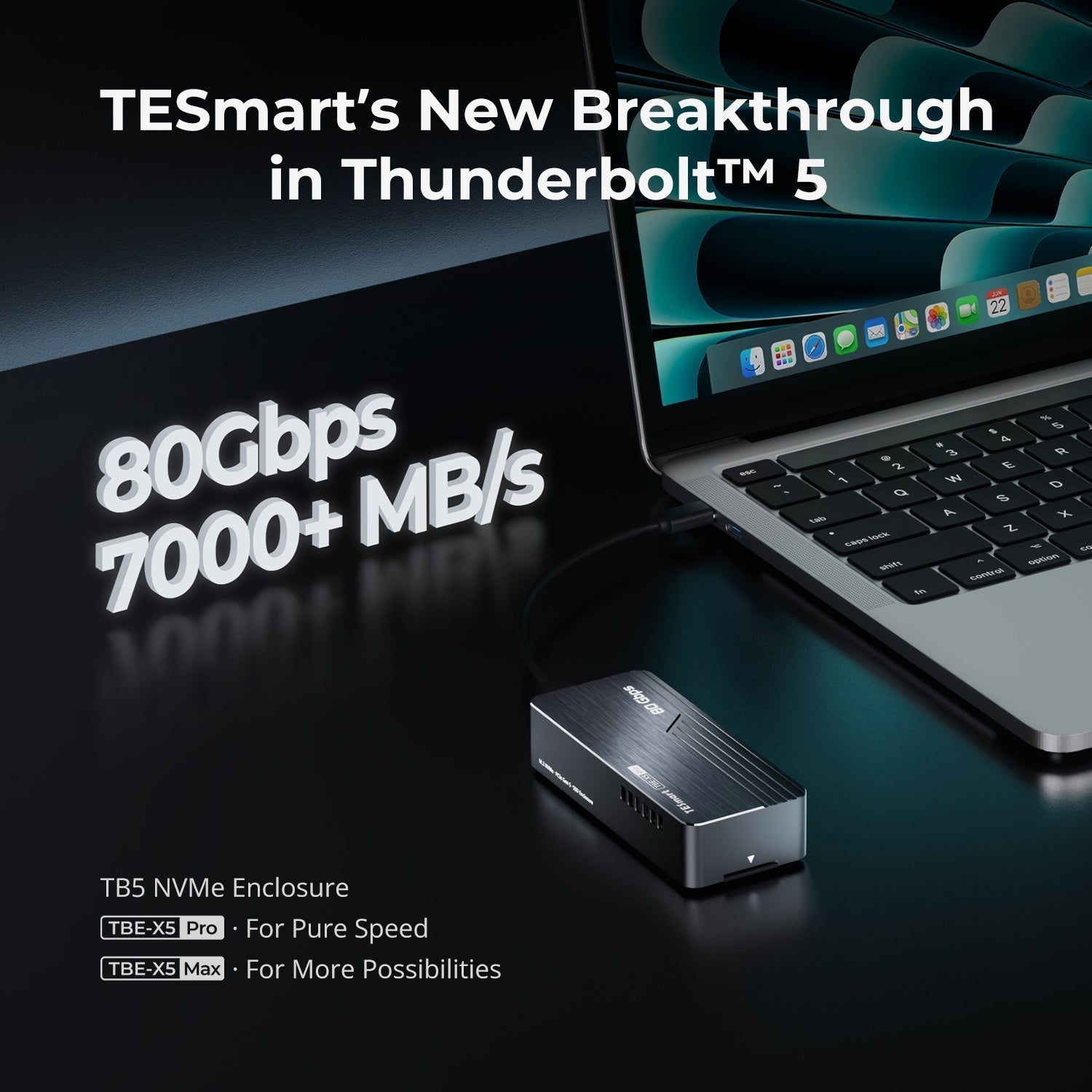What is HDR?
High Dynamic Range(HDR) is a technology that improves brightness and contrast by increasing the exposure dynamic range of the image, displaying darker blacks and whiter whites. With standard dynamic range (SDR), the luminance level is only 0.1-100nit, and the images outside this range will be lost. HDR provides a wider range of at least 0.0005nit and at most 10000nit, improving image contrast and making the image more realistic.
High Dynamic Range(HDR) is a technology that improves brightness and contrast by increasing the exposure dynamic range of the image, displaying darker blacks and whiter whites. With standard dynamic range (SDR), the luminance level is only 0.1-100nit, and the images outside this range will be lost. HDR provides a wider range of at least 0.0005nit and at most 10000nit, improving image contrast and making the image more realistic.
How is HDR implemented?
In common HDR application scenarios, HDR can produce low dynamic range (LDR) images corresponding to the different exposure times, and the final HDR image is synthesized using the LDR image with the best detail corresponding to each exposure time. In short, multiple images are taken at once with different exposure levels, and then the best image containing both light and dark details is automatically synthesized, according to the algorithm.
What are the common HDR formats?
As an image processing technology, different companies and organizations have developed different HDR formats. The different formats also have different benefits. Below is an introduction to the most popular HDR formats:
3.1 HDR10
3.2HDR10+
Compared to HDR10, HDR10+ adds dynamic metadata. Metadata is used to tell the screen the parameters of each layer of image processing so the image can perform better on different screens. With the dynamic metadata, the HDR luminance level can be fine-tuned scene by scene or frame by frame to enhance the scene transformation effect.
3.3 Dolby Horizon
Dolby horizon is a proprietary HDR solution proposed by Dolby Laboratories. Dolby horizon also uses dynamic metadata and can display luminance levels up to 10000 nits. Dolby horizon requires the screen's peak brightness to be at least 1000 nits. In addition, a color depth of 12 bits is used. Higher gear requirements also provide better display effect.
3.4 HLG
HLG is a free HDR format for videos and still images. Unlike the previous formats, it uses HLG transfer functions and no metadata. HLG is backward compatible with SDR, so its images can also be displayed well on SDR screens.
What types of hardware support HDR?
HDR requires more bandwidth HDR support is not available in versions before HDMI 2.4 A bandwidth of 32.4 Gbit/s is required for DP 1.4. HDMI 2.0 requires 18 Gbps bandwidth, while HDMI 2.1 requires 48 Gbps bandwidth to provide HDR support.
Therefore, if the device cannot use the HDR function, you should check whether the hardware meets the usage requirements.






